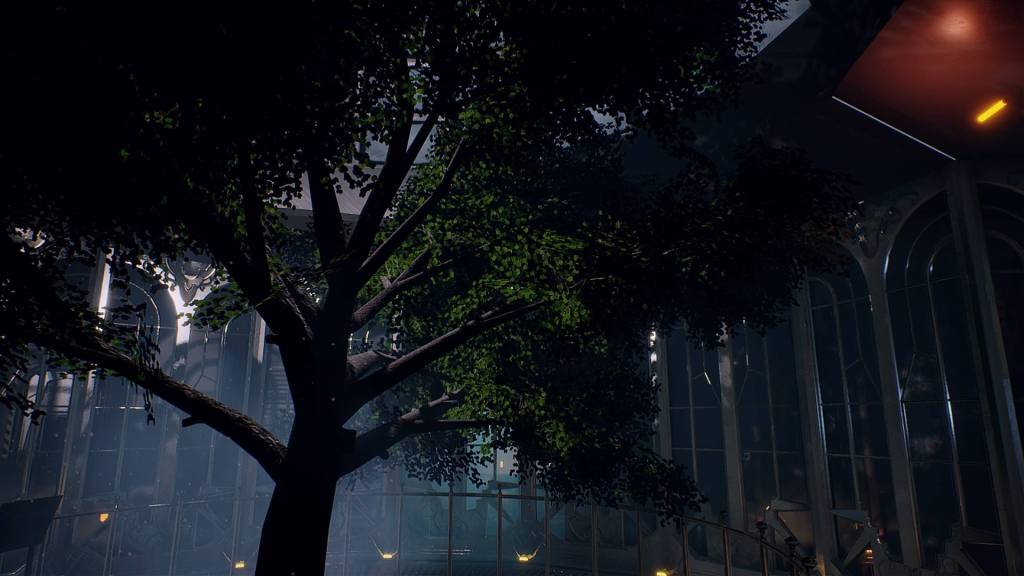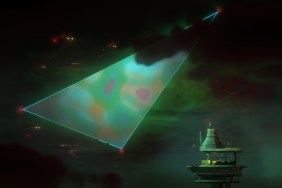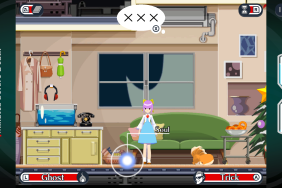Expect to do a bit of method acting if you choose to journey into the Lovecraftian horror of Conarium, a horror walking sim from developer Zoetrope Interactive out now on PS4.
Characters in the fiction of H.P. Lovecraft are often driven to madness as they attempt to comprehend the reality of the cosmic beings that lurk beyond their ken. As they grasp for knowledge, they are confronted with far more than they bargained for.
Over the course of my seven hours with Conarium, I often found myself relating to their plight. That isn’t to say that there are dark and dangerous truths lurking in the hallways of Zoetrope’s dimly lit Antarctic base. Instead, the puzzles that inhibit progress adhere to a kind of rationale that will often leave players grasping for answers.
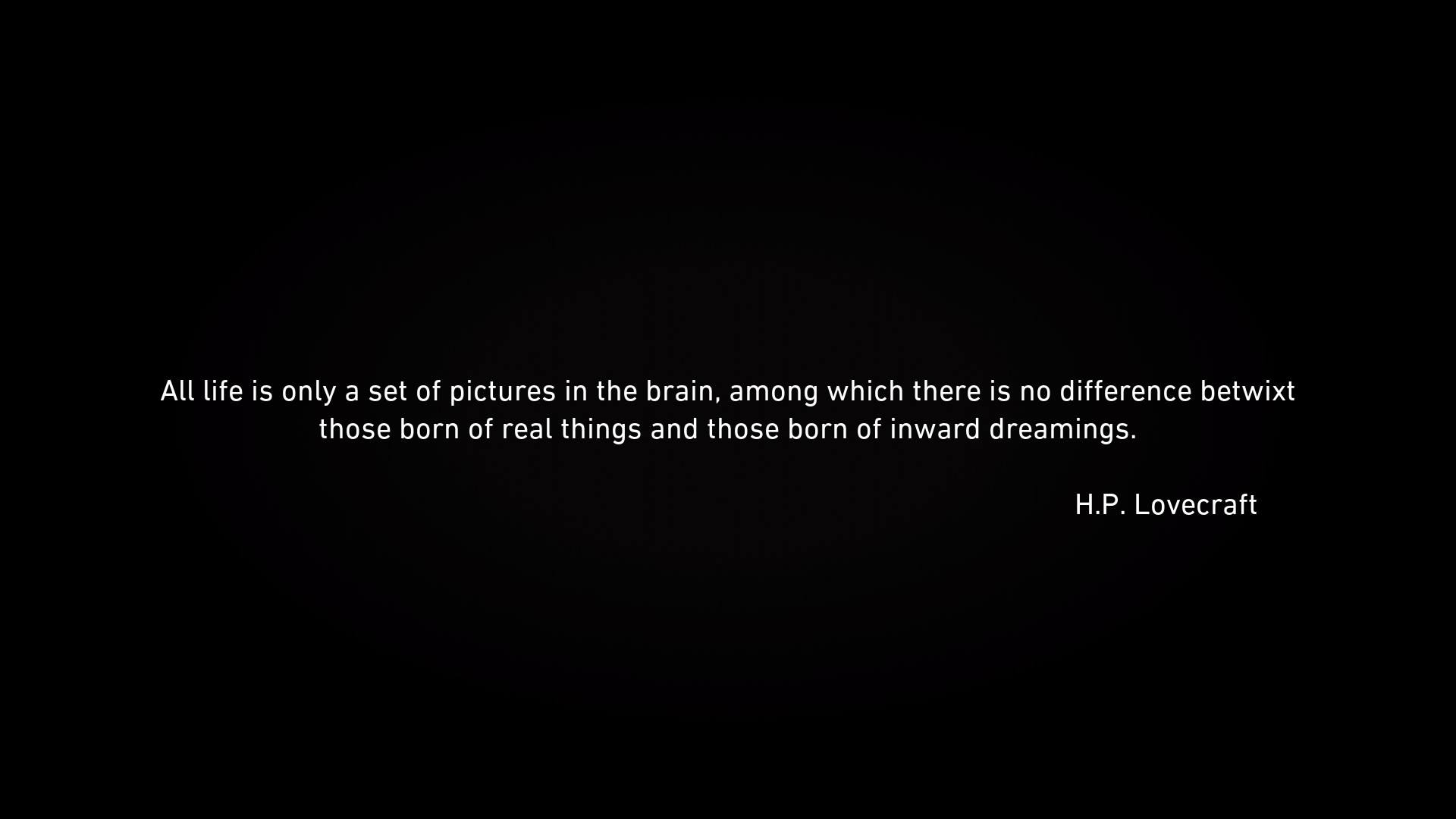
Into Thin Air
Players assume the role of Frank Gilman, a scientist on an Antarctic expedition that has stumbled upon evidence of an ancient race of cosmic beings that lived beneath the surface of the continent. Of course, this is a horror game. Frank wakes up alone in the crew’s base, and can’t remember what has become of his teammates. He begins exploring the base, attempting to find clues about their disappearance.
In its early moments, Conarium puts its best foot forward. The environments are gorgeous. Squint as you explore the base and you’ll be forgiven for thinking that you’re playing a new combat-less BioShock game. You’ll spend your time picking up documents that begin to paint a picture of the crew’s mission. With the goal of restoring power to the base, you’ll venture out into to the chilly blasts of an impressively oppressive Antarctica. Exploring the station will turn up keys for opening doors to new areas of the station and cranks for operating elevators.
This initial introduction to the world is compelling. Conarium appears to be shaping up to be Resident Evil by way of the walking sim; a horror game that’s taking design cues from a Metroidvania’s find-a-new-item-to-unlock-a-new-area gameplay loop.
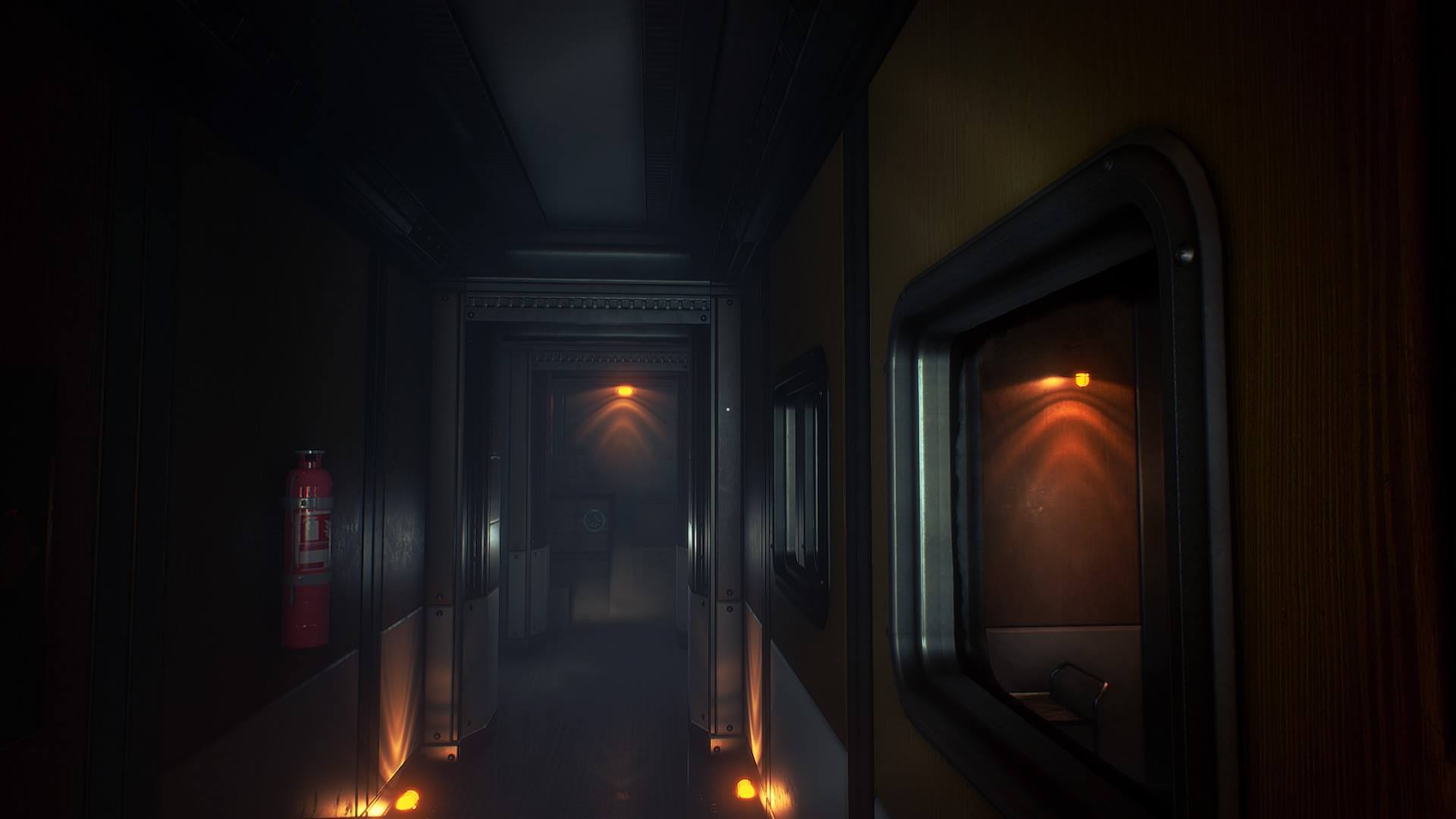
And then you hit Conarium’s first puzzle.
Head Scratchers
After finding a key to unlock a new room, I opened the door only to be greeted by a high-pitched static-y whine. My character lost his ability to run. In an attempt to emulate the horrifying visions that have been assaulting Gilman since he awoke to the abandoned base, Conarium forces the player into a kind of slow motion until they identify a random object in the room. I wandered through the room for a half-hour. The controller resisting my inputs like I was wading through a swimming pool filled with molasses. Eventually, I gave up and consulted a walkthrough (the game originally released on PC in 2017). Turned out, I had clicked on the object I needed to pull myself out of this fugue state multiple times. But the walkthrough revealed that I needed to crouch in front of it as I selected it.
As far as I could tell, this solution was arbitrary. Unfortunately, many of the puzzles that follow in this 3 to 8-hour experience follow the same pattern. Some are satisfying to solve. But for most, I found myself clicking on everything, trying every option. In the absence of discernible clues, for the last two-thirds of my playthrough I found myself brute-forcing my way through every would-be brain teaser.
Night of the Tentacle
I know what you may be thinking. “That’s adventure games. Pixel-hunting is par for the course.” And, to an extent, that’s true. I love Grim Fandango. Probably 70 percent of Grim Fandango’s puzzles are nonsense. Like many of its LucasArts contemporaries, Grim Fandango offers likable characters, a fantastic setting and strong writing. Conarium, by contrast, doesn’t offer much at all much for putting up with its idiosyncrasies.
The writing seems to assume a base level of Lovecraft competency, peppering in words like “shoggoths” and “conarium” without stopping to explain what any of it means. The voice acting is hamfisted. The dialogue is overwrought. I never cared about any of the characters, a shortcoming which prevented the game from landing any of its horrific or emotional beats.
In short, Conarium’s setting is strong. The Antarctic base and the caverns beneath are beautifully realized. But, everything that Conarium attempts to say or tasks the player with doing in that setting falls short. It’s a shame, because the opening hours pump fake in the direction of the game Conarium could have been.
When looking back at my time with the game, I don’t feel horror at its revelations. I feel disappointment in light of what it could have been concealing, and simply wasn’t.
Conarium review code provided by publisher. Version 1.0 reviewed on a standard PS4. For more information on scoring please see our Review Policy.
-
Gorgeous environments
-
Solid opening hours
-
Moon logic puzzles
-
Weak writing
-
Over-the-top (in the bad way) vocal performances
Conarium Review
-
Conarium 1
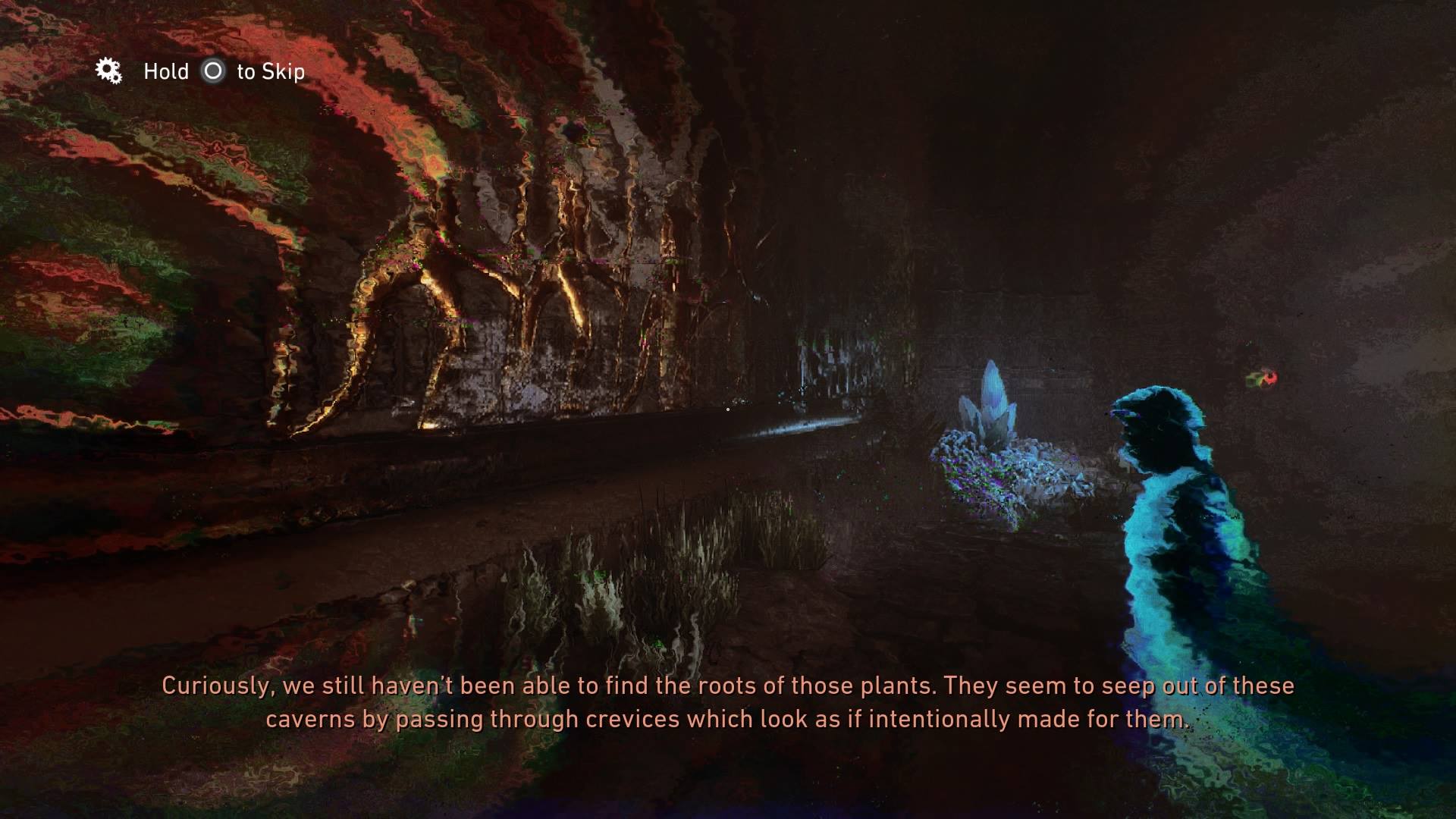
Conarium protagonist Frank Gilman spends much of the game following visions of his lost crew members.
-
Conarium 2
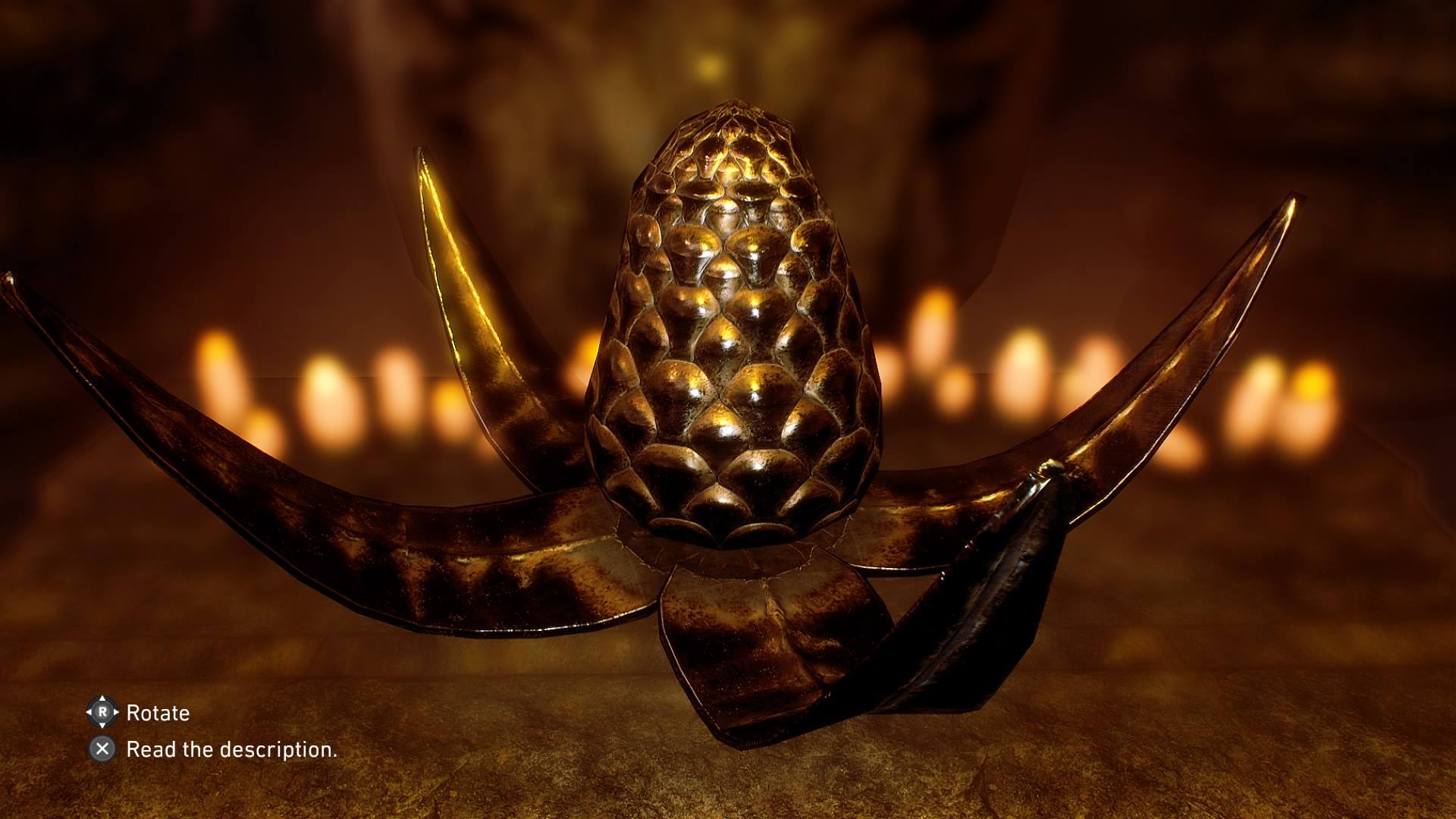
Lovecraftian collectibles often hide behind crumbling walls in Conarium.
-
Conarium 3
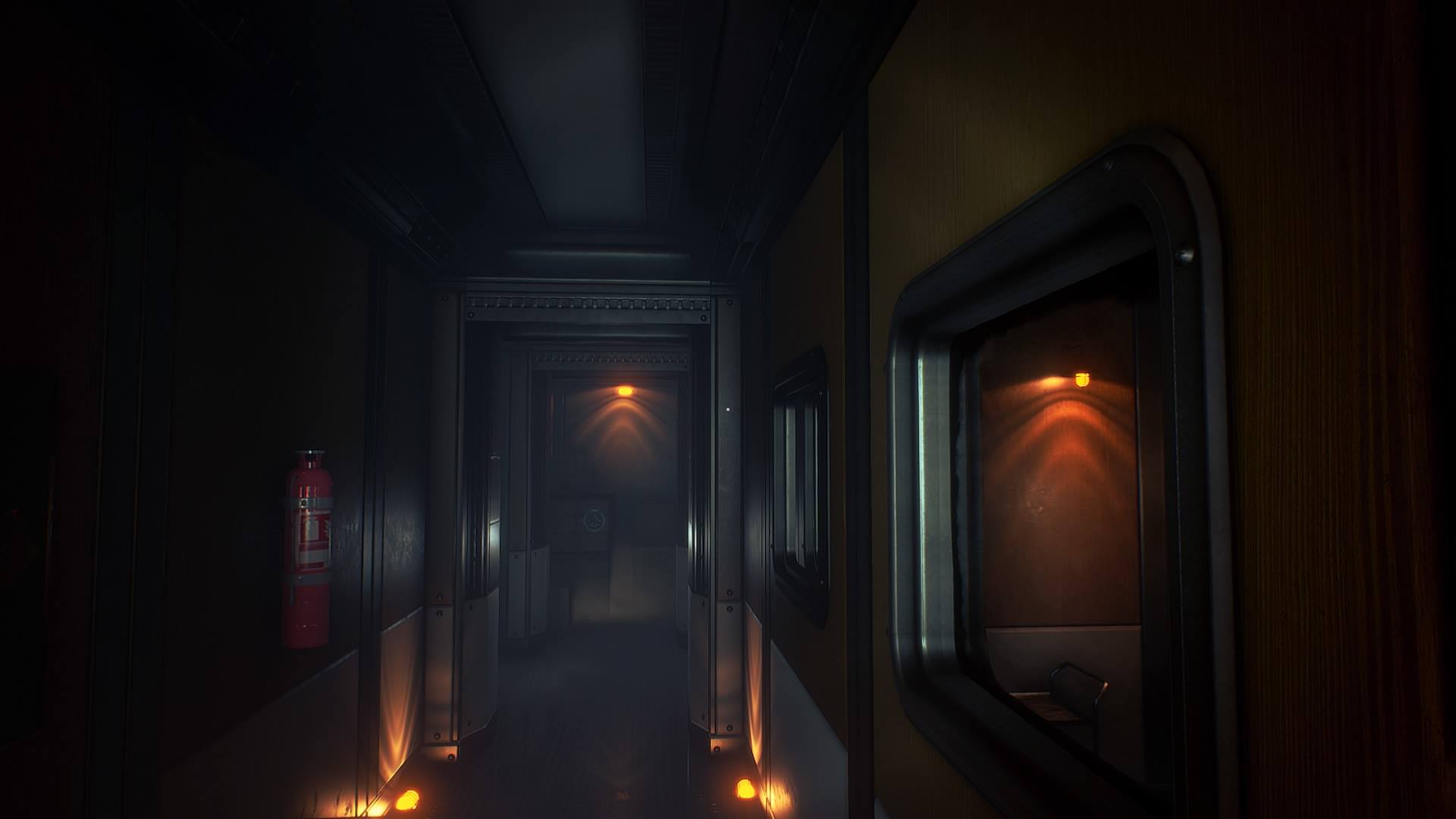
Conarium begins by tasking the player with exploring some creepy hallways.
-
Conarium 4
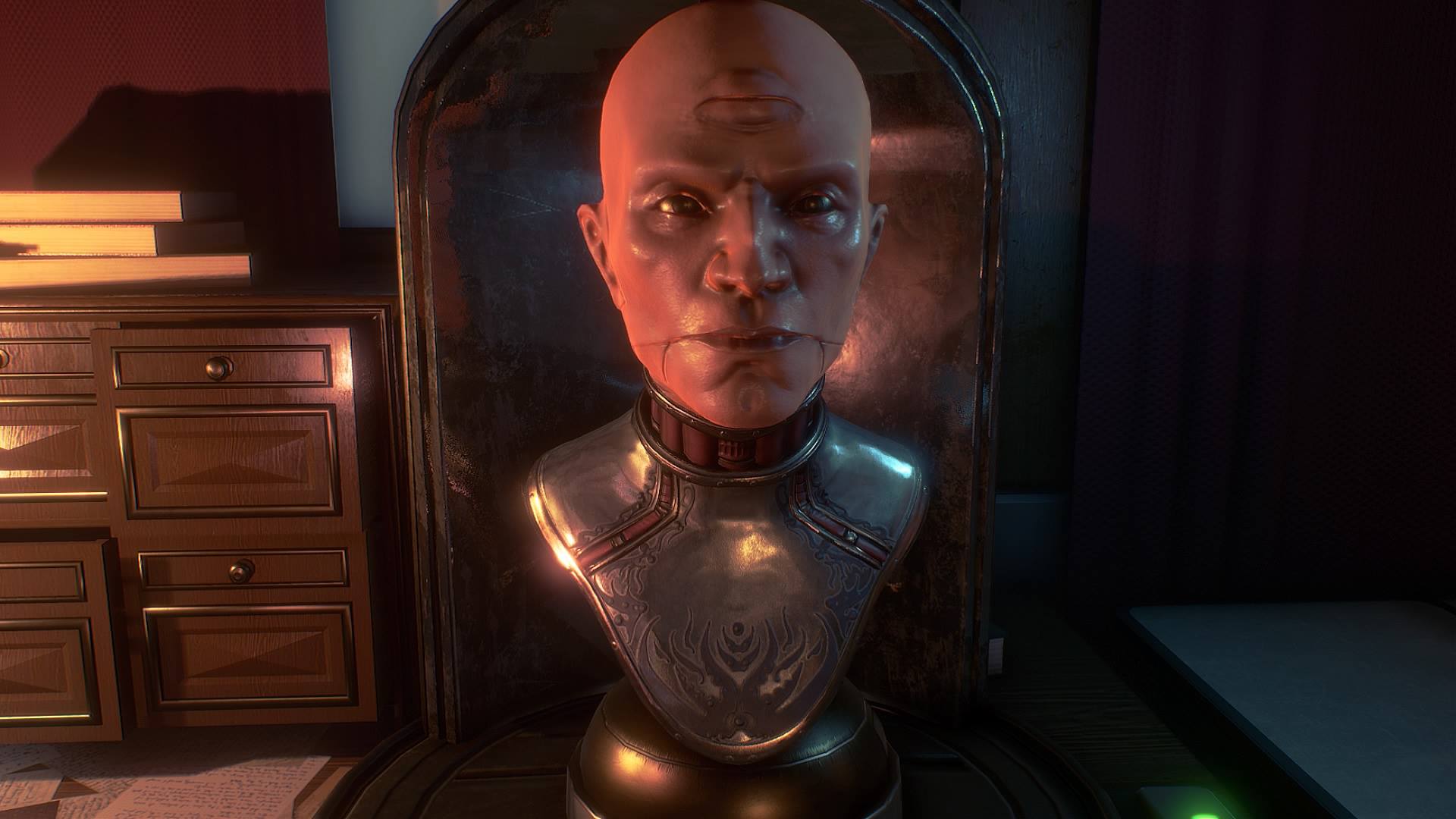
Conarium: Don't get ahead of yourself.
-
Conarium 5
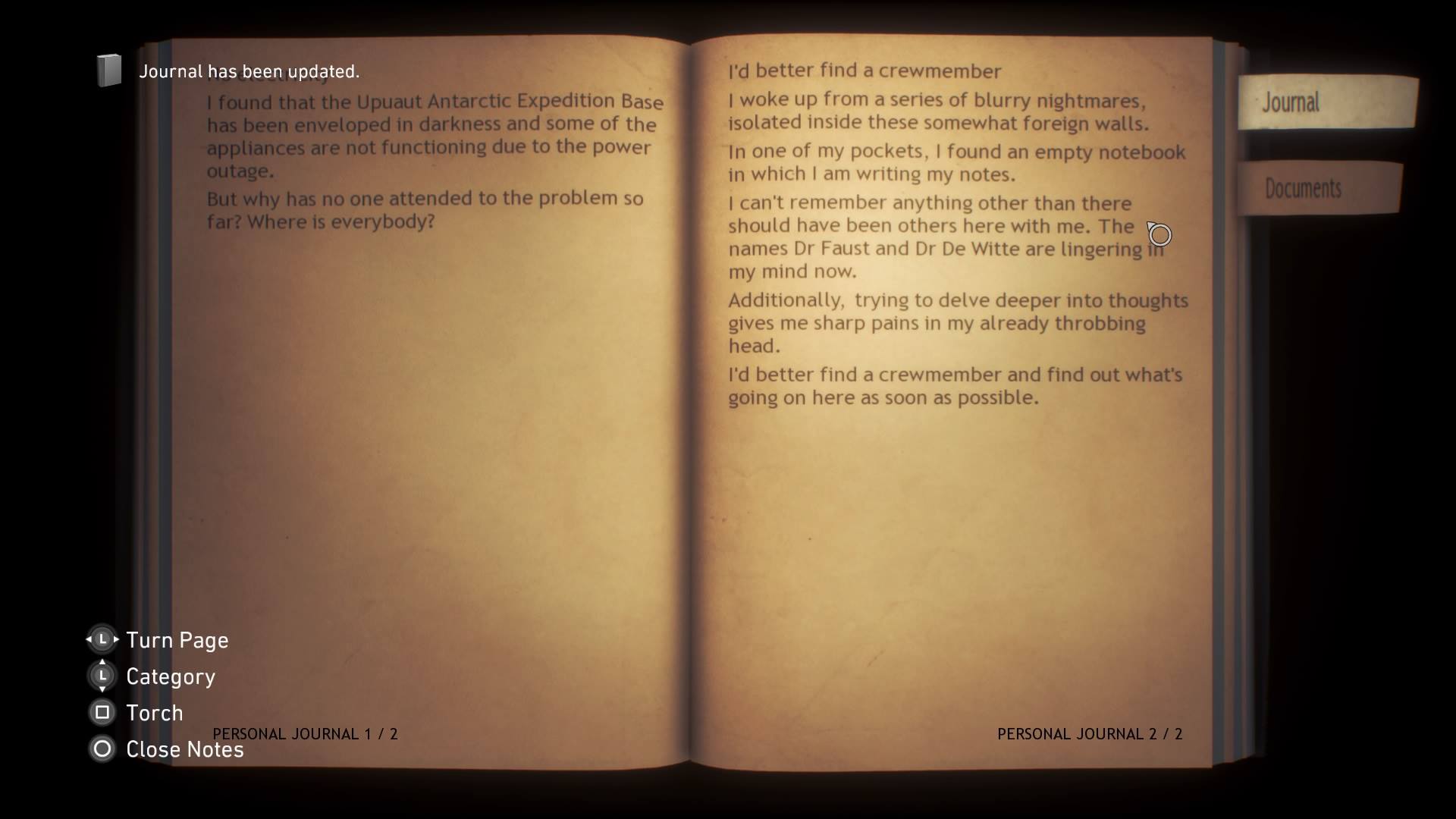
Frank Gilman keeps track of Conarium's strange goings-on in his journal.
-
Conarium 6
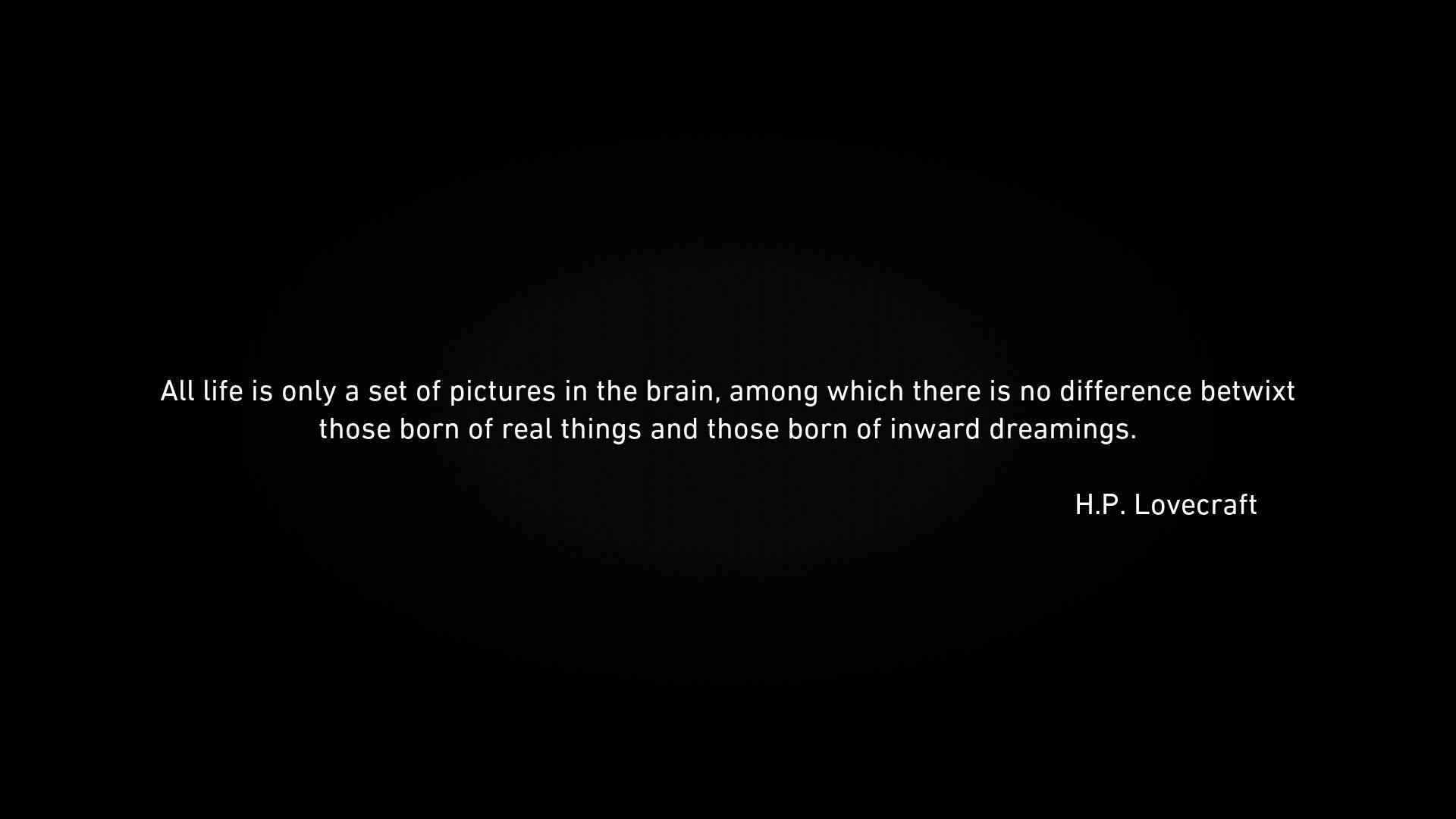
Conarium opens with a quote from the author of its source material.
-
Conarium 7
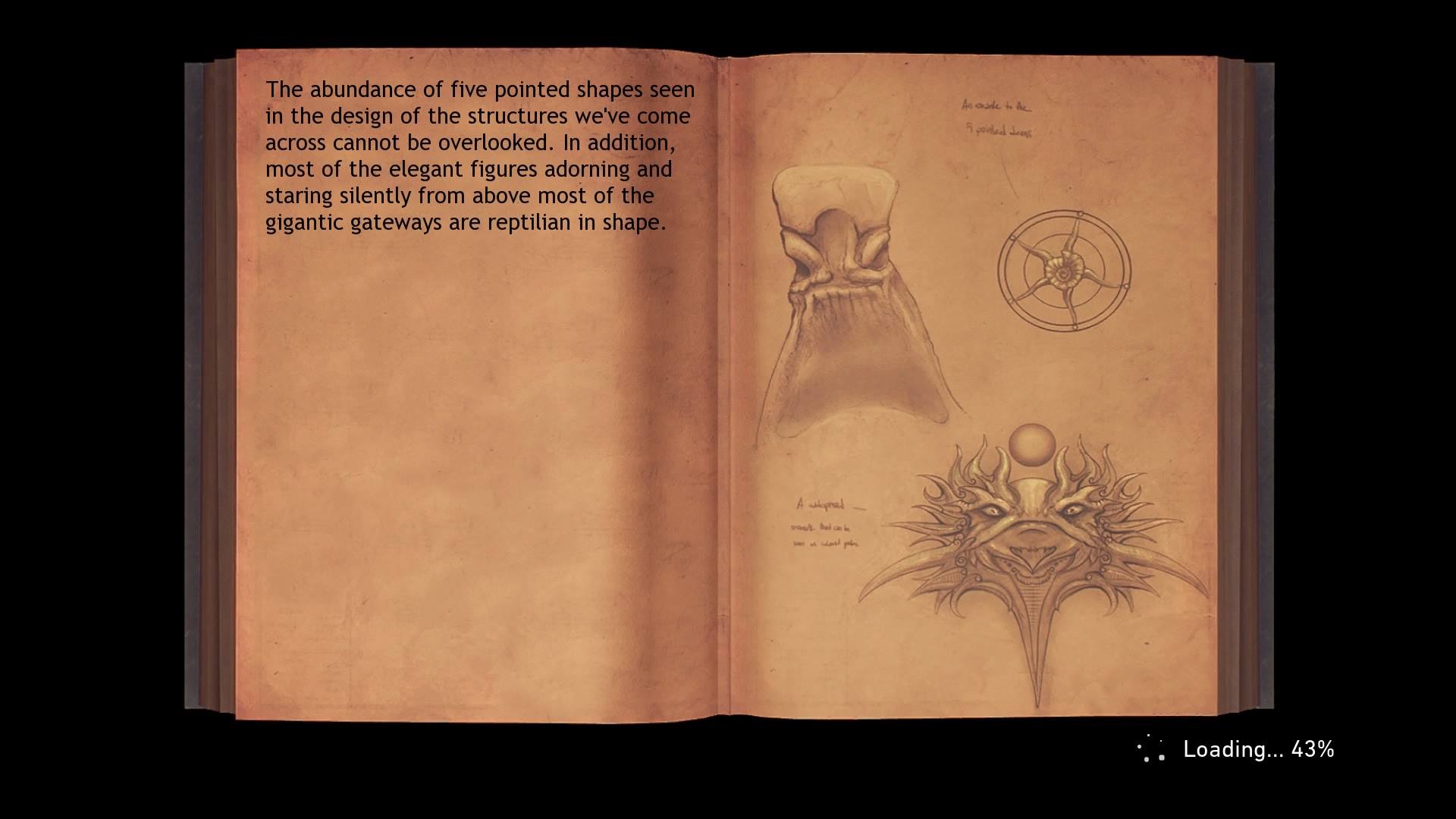
Conarium's loading screens feature Lovecraftian sketches.
-
Conarium 8
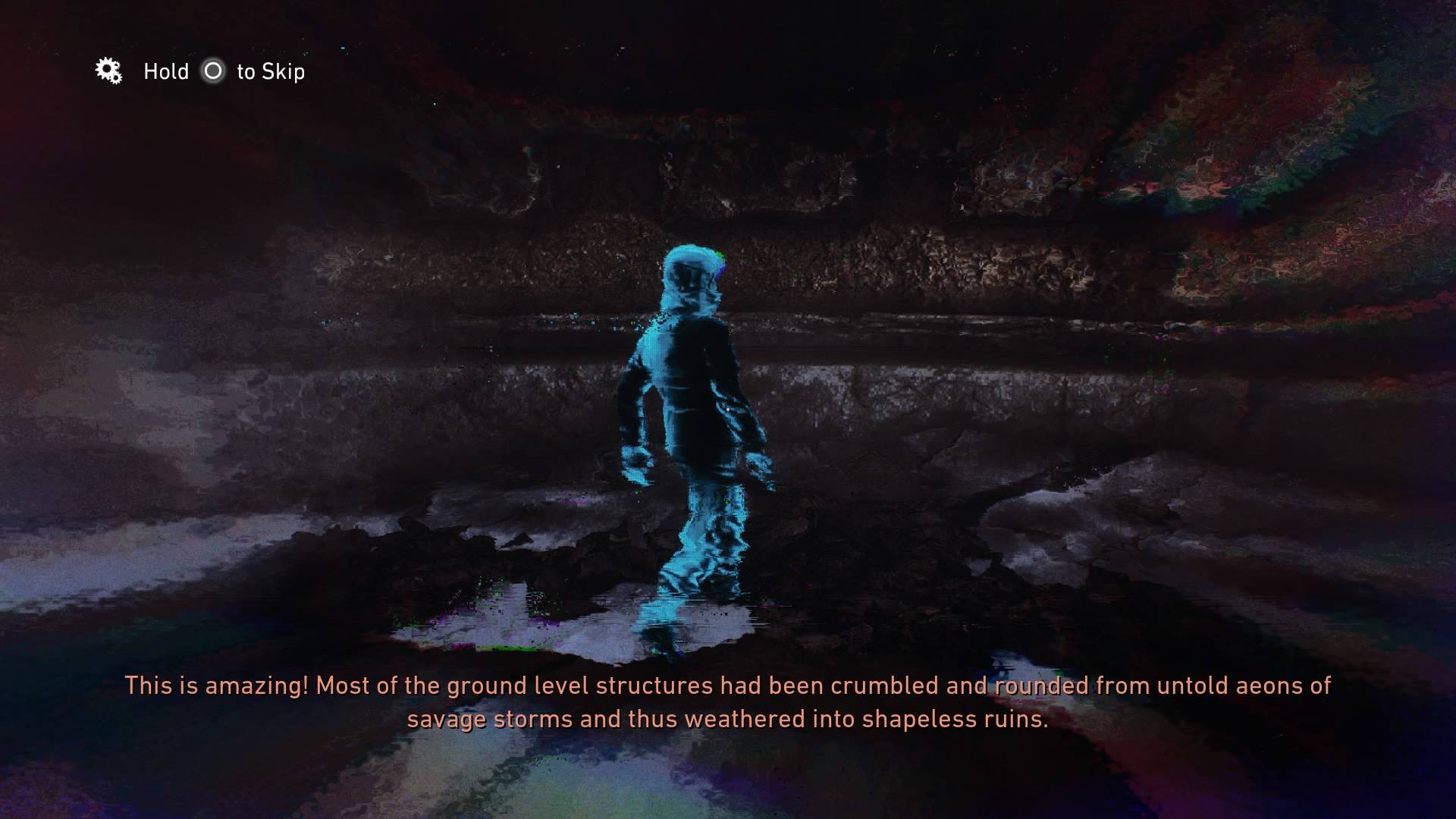
The visions lead Frank Gilman deeper and deeper over the course of Conarium.
-
Conarium 9
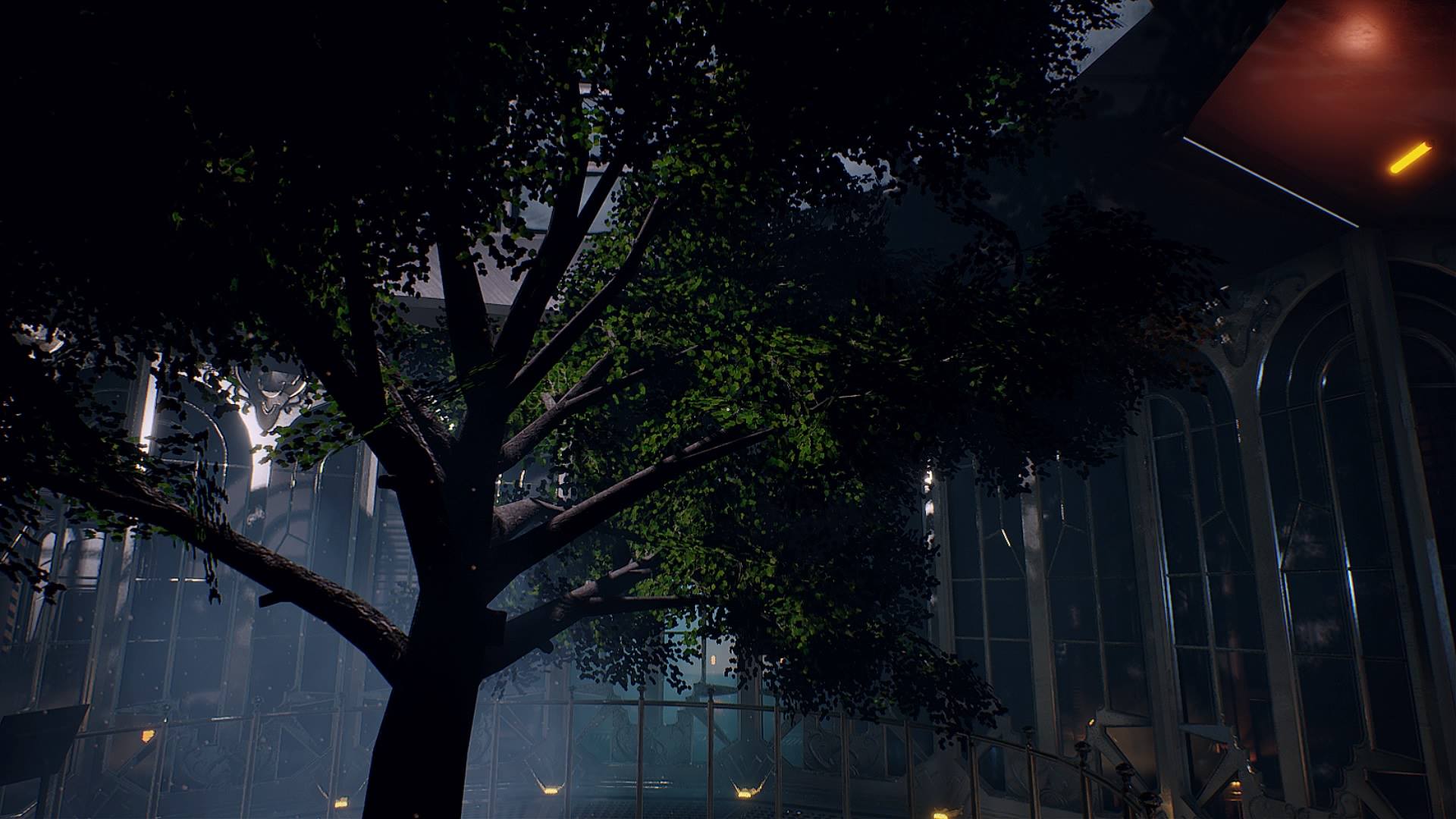
Conarium's Antarctic base features an indoor garden area.
